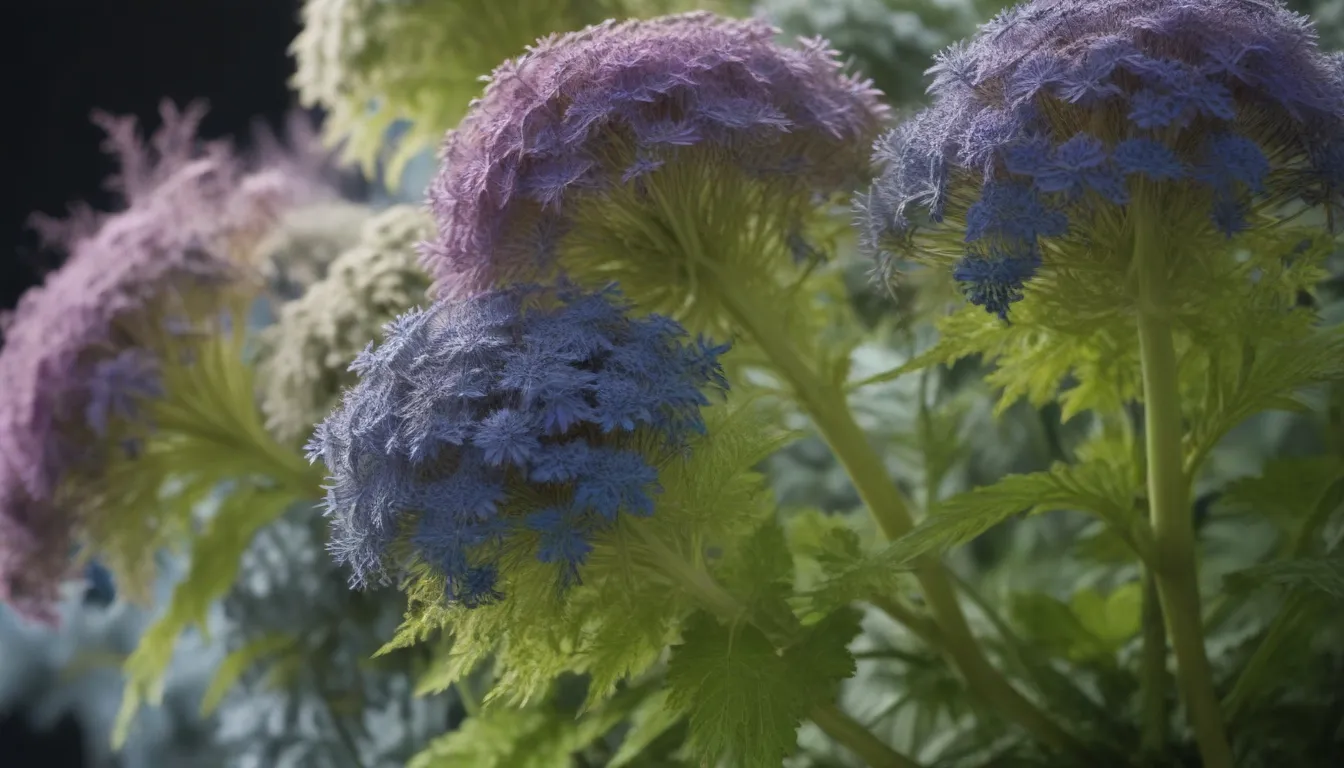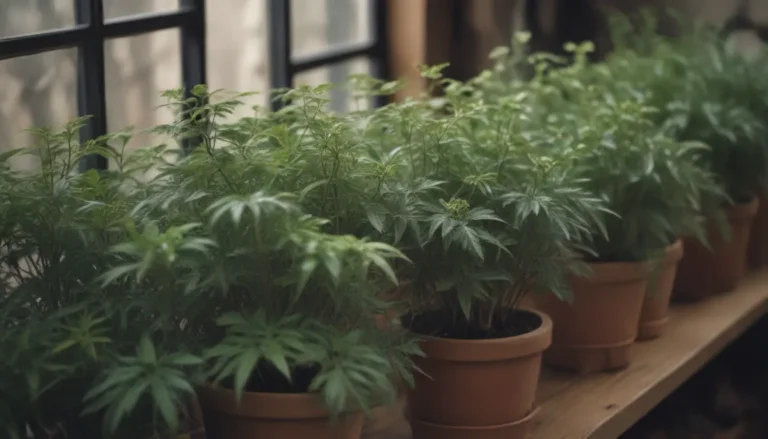Ultimate Guide to Growing and Caring for Angelica Plants

Are you interested in adding a touch of history and flavor to your garden? Angelica plants might just be the perfect addition for you! With its starburst-shaped leaves and heavenly scent, growing angelica can be a rewarding experience. In this comprehensive guide, we will explore everything you need to know about planting and caring for angelica plants to ensure they thrive in your garden.
Why Angelica Plants are Worth Growing
Angelica plants have been a staple in gardens for centuries due to their amazing flavor profile and aromatic qualities. Whether you’re a culinary enthusiast looking to spice up your dishes or simply want a visually appealing plant for your garden, angelica is a versatile herb that can meet your needs. Additionally, if you have a spot in your yard that tends to be on the moist side, angelica can thrive in such conditions.
Benefits of Growing Angelica Plants:
– Adds height and visual interest to your garden
– Sweet-smelling plant with aromatic qualities
– Versatile herb that can be used in culinary creations
How to Plant Angelica
Planting angelica is a straightforward process that can be done in early spring for optimal results. Here are some tips to help you get started:
When to Plant Angelica
- Plant angelica in the ground or in flats in early spring when the soil temperature is consistently above 50 degrees Fahrenheit.
Selecting a Planting Site
- Choose a site that receives full sun to part shade and is cool and moist to accommodate the plant’s preferences.
Spacing, Depth, and Support
- Plant angelica 12 to 24 inches apart, and if planting in rows, space each row 36 inches apart.
- Seeds should be planted 1/4 inch deep in the soil to ensure proper germination.
Angelica Care Tips
Once your angelica plants are in the ground, it’s essential to provide them with the right care to ensure they thrive. Here are some key care tips to keep in mind:
Light
- Angelica’s light preference varies depending on the climate. In warmer regions, partial shade is recommended, while cooler climates should provide full sun for optimal growth.
Soil
- Angelica plants are highly adaptable and thrive in moist soil. Aim for slightly acidic soil with a pH no higher than 7.0 for best results.
Water
- Ensure the soil around your angelica plants remains damp and cool to the touch, but avoid overwatering to prevent root rot.
Temperature and Humidity
- Angelica plants prefer cooler temperatures and do well in USDA Zones 4-7. Be mindful of the plant’s native climate conditions for successful growth.
Fertilizer
- Angelica plants do not require regular fertilization. Adding compost to the planting site before planting should provide sufficient nutrients for the plant.
Types of Angelica Plants
There are several varieties of angelica plants to choose from, each with its unique characteristics. Some common types include:
- Angelica archangelica: Known for its culinary uses and medicinal properties.
- Angelica gigas: A visually striking variety with vibrant blooms.
- Angelica sylvestris: Native to Europe and known for its aromatic leaves and flowers.
Angelica vs. Cow Parsnip
It’s essential to differentiate between angelica and cow parsnip, as they are often mistaken for each other. While both plants belong to the same family, cow parsnip is considered a noxious weed, while angelica is valued for its culinary and ornamental qualities.
Key Differences:
– Angelica is a versatile herb with culinary uses, while cow parsnip is considered invasive.
– Angelica has a sweet scent and starburst-shaped leaves, while cow parsnip has a more weedy appearance.
Harvesting Angelica Plants
Harvesting angelica plants at the right time is crucial to ensure optimal flavor and aroma. Young and tender leaves and stalks should be harvested around June for culinary uses, such as adding a hint of licorice flavor to salads or making candied angelica stems.
How to Grow Angelica in Pots
If you prefer container gardening, angelica plants can thrive in pots with proper care. Here are some tips for growing angelica in pots:
- Choose a large pot with drainage holes to accommodate the plant’s deep root system.
- Use a mix of sand, perlite, and potting soil to provide adequate drainage and nutrients.
How to Grow Angelica from Seed
While propagating angelica from mature plants is possible, starting from seeds is the most successful method due to the plant’s deep taproot. Follow these steps to grow angelica from seed:
- Sow seeds directly in the ground to avoid damaging the taproot.
- Keep the soil consistently moist until the seeds germinate and seedlings emerge.
Overwintering Angelica Plants
To ensure your angelica plants survive the winter season, it’s essential to prevent self-seeding and maintain their health. Cut off flowers before they set seed or trim the plant down to the ground in autumn to protect it during the colder months.
Common Pests and Diseases
Like any garden plant, angelica is susceptible to pests and diseases that can impact its growth. Some common issues to watch for include aphids, spider mites, and fungal diseases like crown rot and root rot. Use insecticidal oils or soaps to control pests and amend heavy soils with poor drainage to prevent fungal diseases.
In conclusion, growing and caring for angelica plants can be a rewarding experience for any gardener. Whether you’re interested in culinary herbs or simply want to add a visually appealing plant to your garden, angelica is a versatile option that offers both aesthetic beauty and practical uses. By following the tips and guidelines outlined in this guide, you can successfully grow and care for angelica plants in your garden. So, why not give angelica a try and enjoy the benefits of this delightful herb in your outdoor space?





